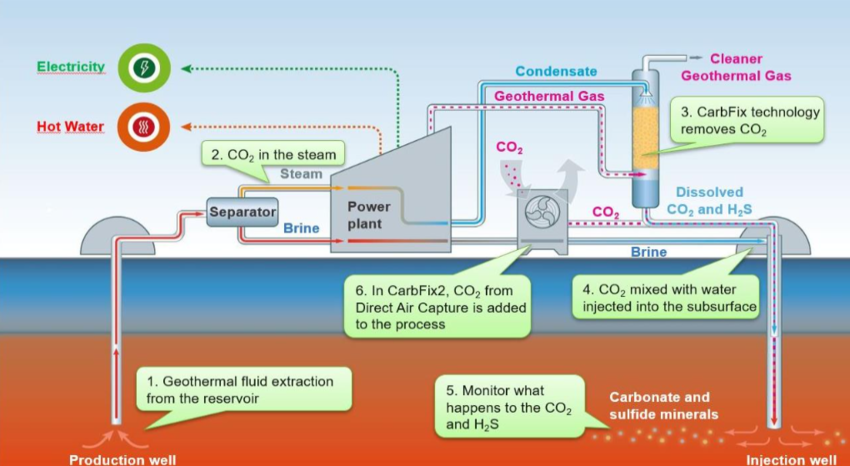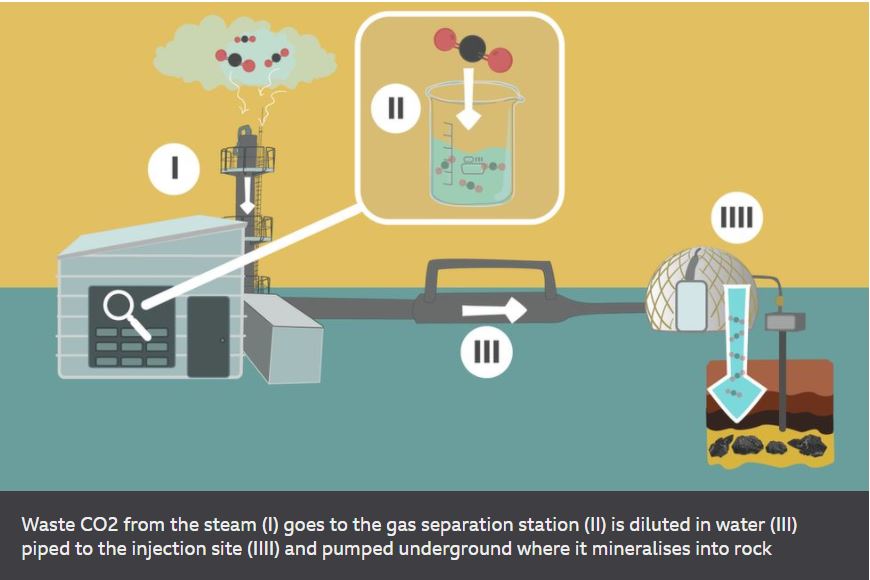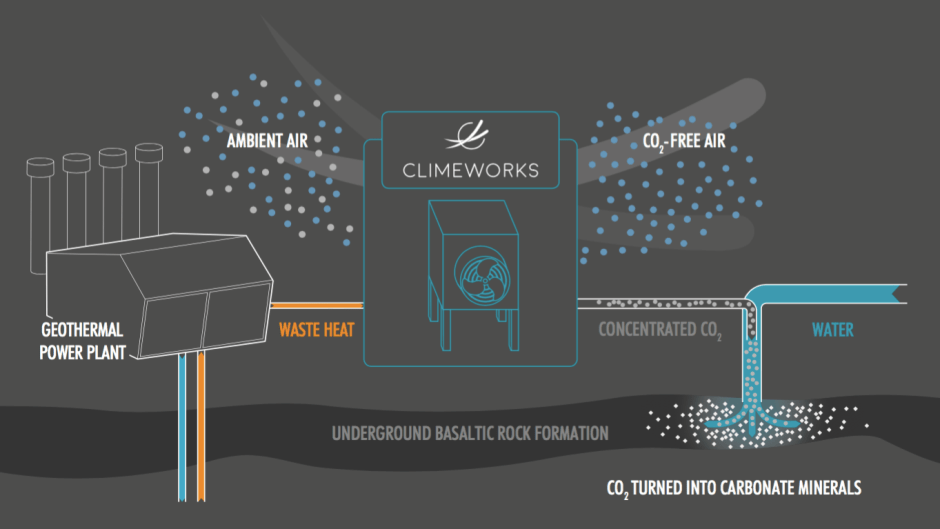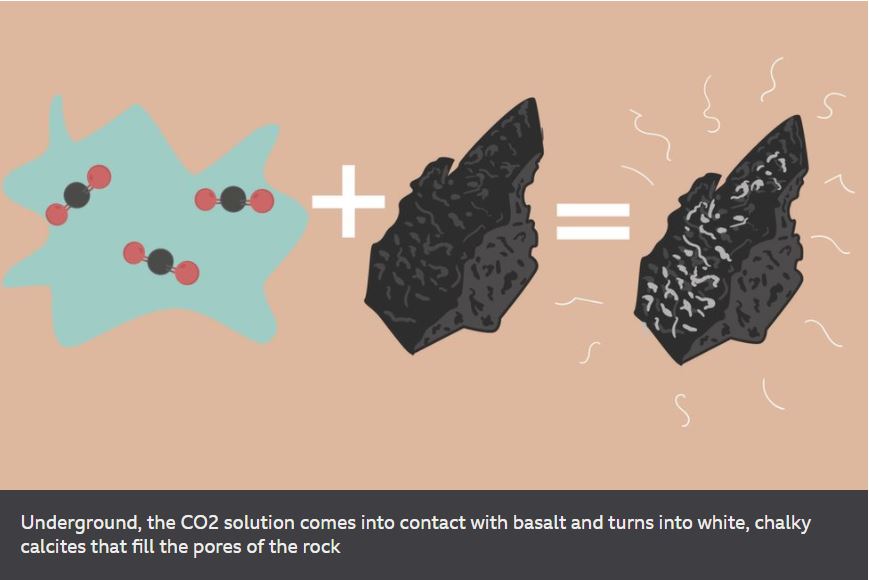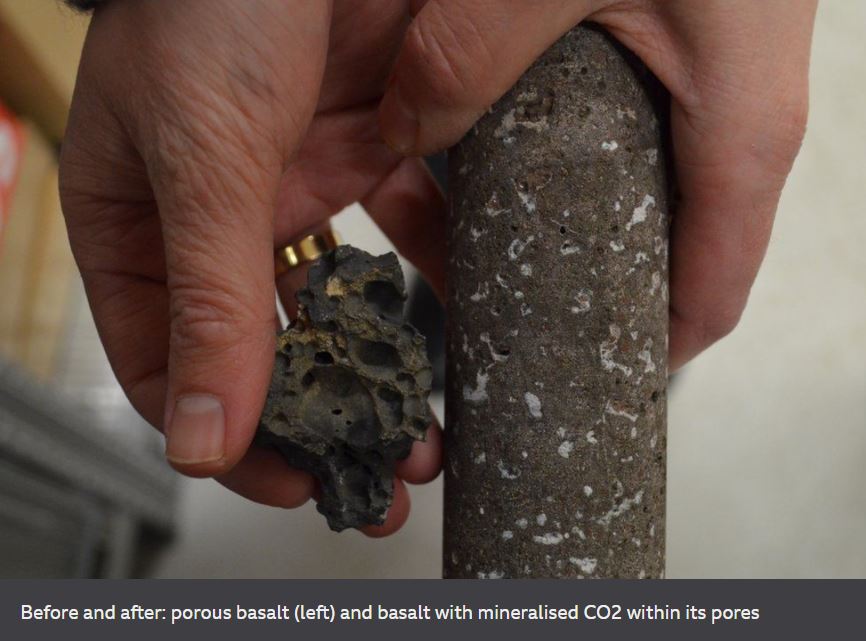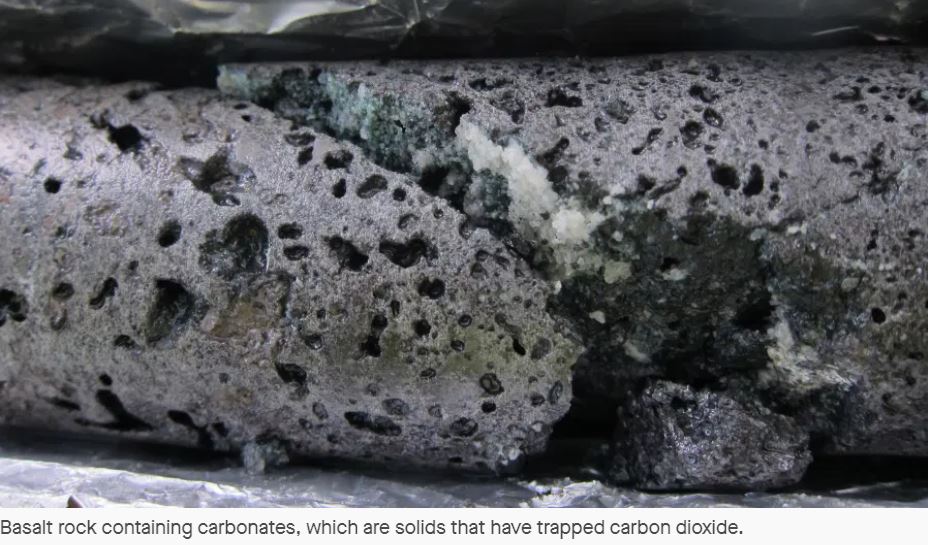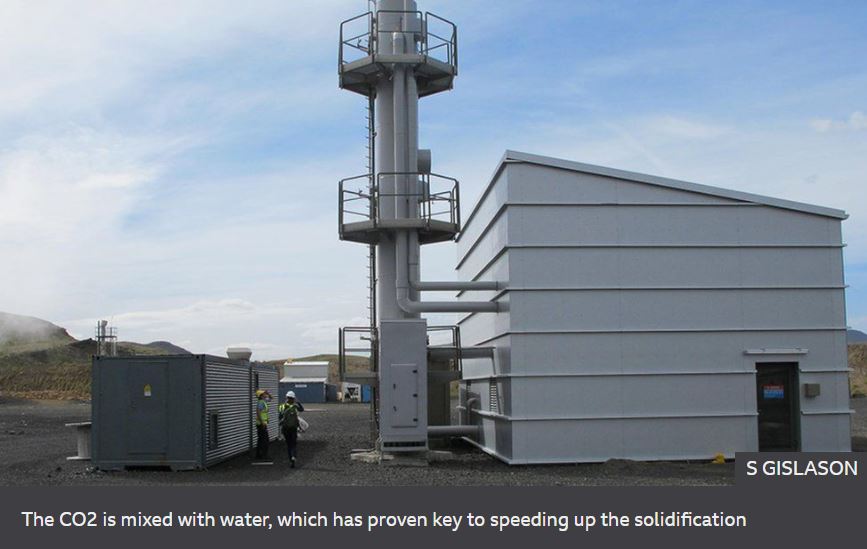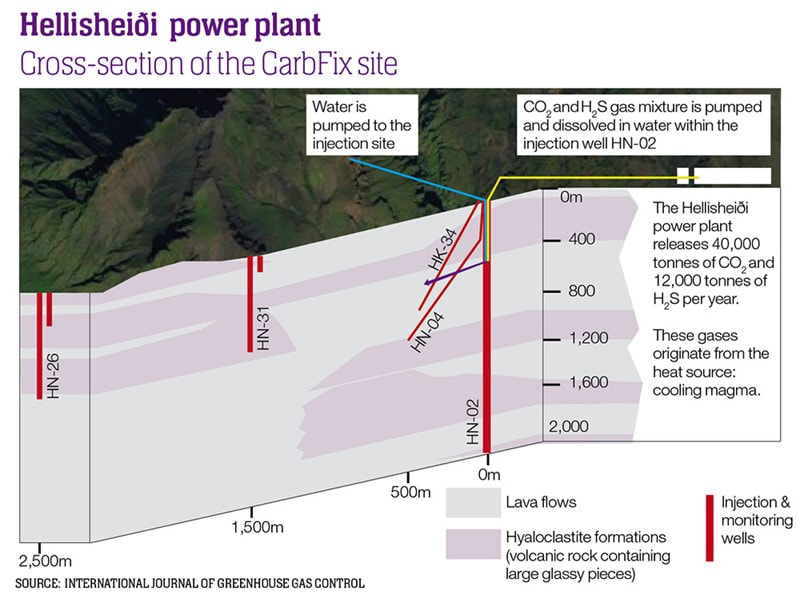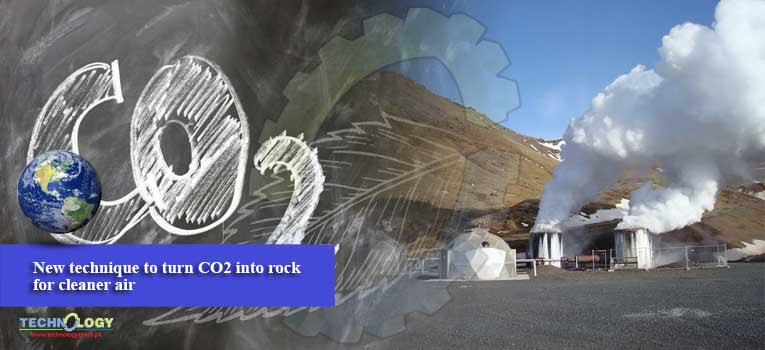26.12.2020
Turning CO2 Into Rocks
In 2018, global carbon emissions reached a record high and the United Nations warned we could have just 12 years left to prevent the catastrophic effects of climate change. With time running short, some scientists have been working on other ways to mitigate global warming, including capturing carbon emissions from power plants and industrial processes, and then sequestering them safely underground. The CarbFix project – a collaboration between utility company Reykjavik Energy, the University of Iceland, France’s National Centre for Scientific Research (CNRS) and Columbia University in the US – has been capturing and injecting about a third of the CO2 and three-quarters of the hydrogen sulfide emitted from Hellisheidi. Over the past three years, more than 18,000 metric tons of CO2 have been injected into the ground as part of the project, according to Edda Aradóttir, a CarbFix geologist. Moreover, they’ve been able to do it for less than $30 per metric ton of CO2. Credit: WASTE ED
Poverty deprives people of adequate education, health care and of life's most basic necessities- safe living conditions (including clean air and clean drinking water) and an adequate food supply. The developed (industrialized) countries today account for roughly 20 percent of the world's population but control about 80 percent of the world's wealth.
Poverty and pollution seem to operate in a vicious cycle that, so far, has been hard to break. Even in the developed nations, the gap between the rich and the poor is evident in their respective social and environmental conditions.
Poverty and pollution seem to operate in a vicious cycle that, so far, has been hard to break. Even in the developed nations, the gap between the rich and the poor is evident in their respective social and environmental conditions.
